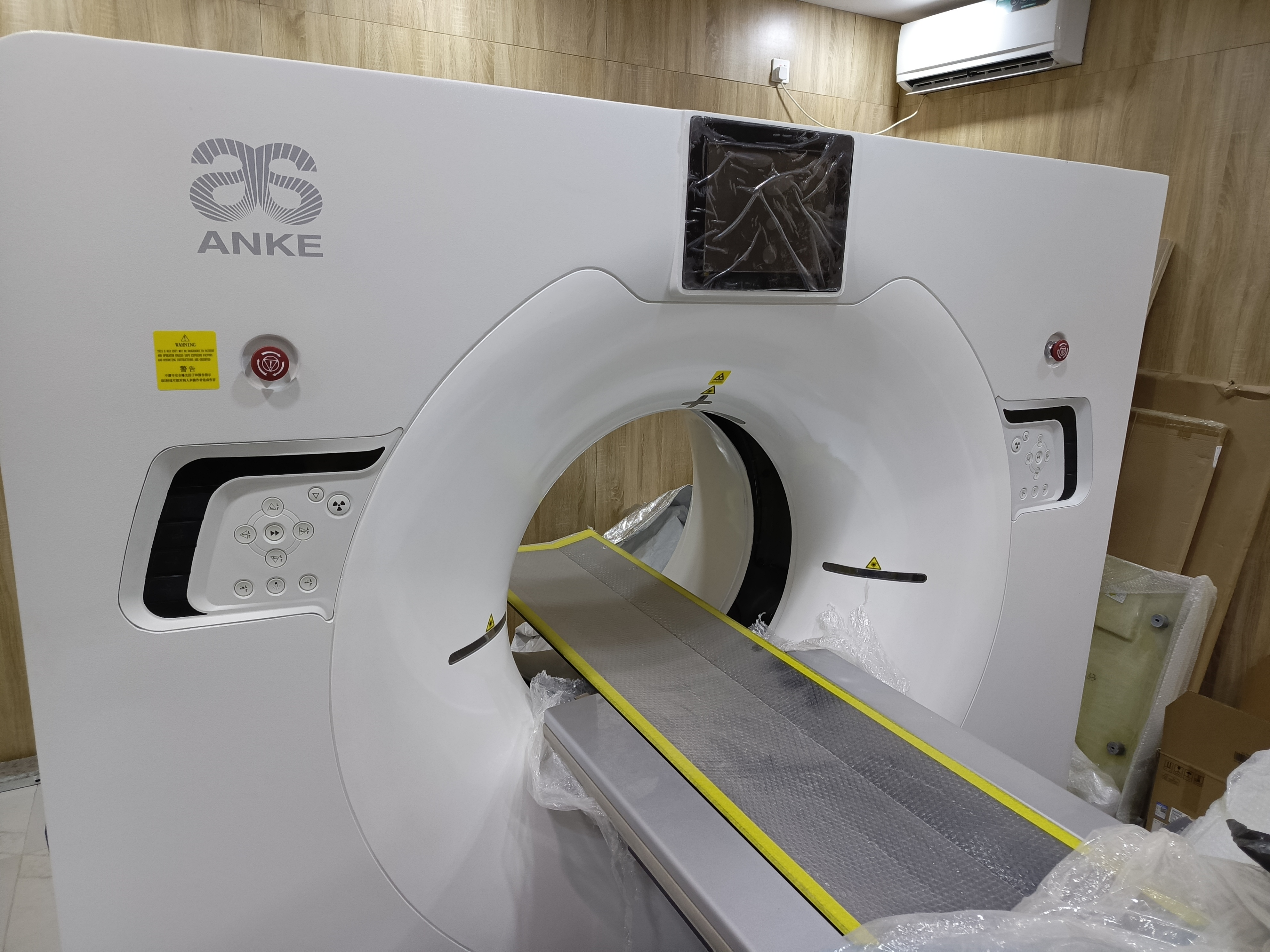-
-
5Ob, Alafe Junction, Along Idanre Road, Oke Aro Street,
Akure, Ondo State, Nigeria

Computed Tomography, commonly referred to as a CT scan, is a sophisticated medical imaging technique that uses X-rays and computer processing to generate detailed cross-sectional images of the body. Unlike traditional X-rays, which only provide 2D images, CT scans offer 3D representations, allowing for more precise diagnoses of various conditions. CT scanning is an essential diagnostic tool in modern medicine, used in fields such as oncology, neurology, cardiology, and emergency medicine.
CT scanning has revolutionized medical diagnostics by providing fast, detailed images of internal structures. Its versatility in diagnosing and monitoring a wide range of conditions makes it an essential tool in modern healthcare. While the radiation exposure presents a risk, ongoing innovations in technology continue to minimize these risks while enhancing diagnostic capabilities.
A CT scanner consists of an X-ray source that rotates around the patient, taking multiple images from different angles. These images are captured by detectors on the opposite side of the X-ray source. A computer then processes these signals to create cross-sectional slices (tomograms) of the body, which can be viewed individually or compiled into a 3D image.